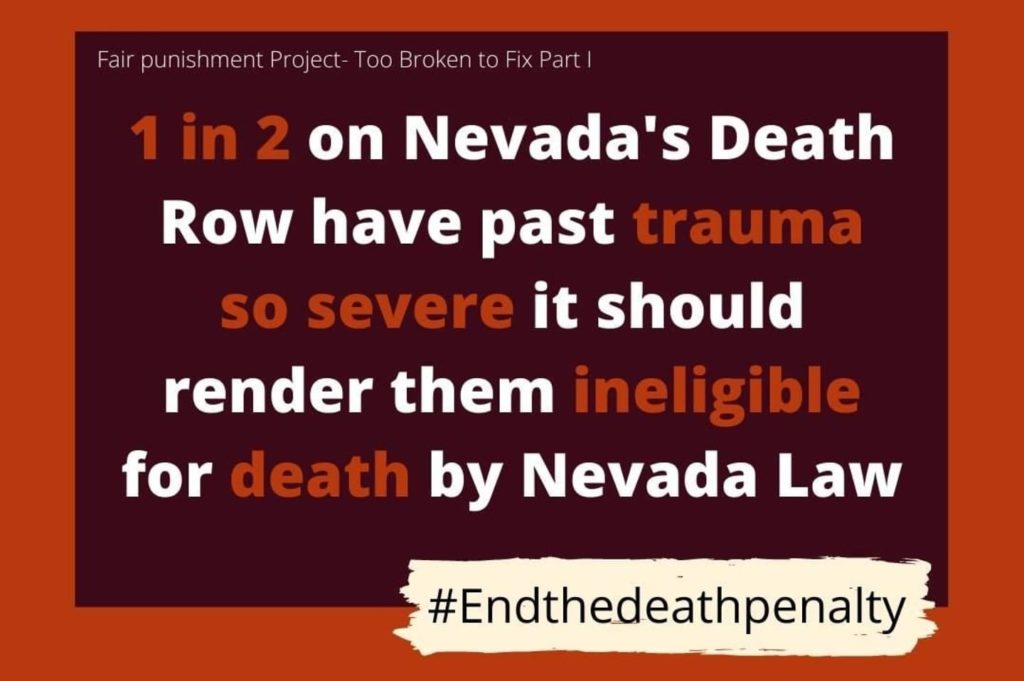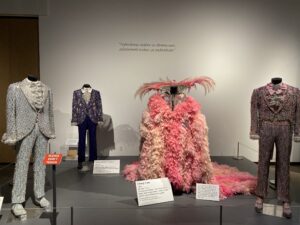By: Catherine Daleo
Reading time: 4 ½ minutes
Even in the darkest of places, color can be found where light is shined. That’s why one organization shares an insight into the minds of those who are incarcerated and on death row through art therapy.
Jennifer Garrison, a therapist with a Ph.D. in human behavior, and William Leonard, an incarcerated man on death row in Nevada, developed a nonprofit called Death Row Expressions Inc. (DRE Inc) together as a collaborative effort, founding the organization in January of this year.
DRE Inc assists incarcerated individuals with the self-publication of art and literary expression. The organization sells books written by the incarcerated through Amazon, including Leonard’s book titled, ‘The Super Cool Paintings and Drawings of Bill Leonard: Art Journal Entries of a Death Row Inmate.’ Other literary works are listed on DRE Inc’s website.
“All the proceeds go directly back to the incarcerated artist so they can purchase the tools needed to continue engaging in therapeutic activities,” Garrison said. She added that her daughter helps her with typing up chapters for some of the books. They are currently working on a cookbook as a collaboration of the incarcerated from around the United States.
DRE Inc also makes products such as clothing, mugs, tote bags, canvas artwork of their creations, and even reusable masks – all through TeeSpring.
Speaking on the organization’s goal, Garrison said DRE Inc works “to encourage and assist the incarcerated with involvement in activities that foster well-being.”
“Research has indicated that engagement in art and some form of expression can reduce anger, aggression, and violent or destructive tendencies,” she said, adding, “self-publication provides them with an outlet for expression combined with the opportunity to be heard in society.”
Garrison added that “these individuals have a great deal of insight and the works created are profound and enlightening. Their works provide those on the outside with an honest and genuine look at the physical, emotional, and spiritual journeys of those behind bars.”
Having been inspired by Leonard, who sent artwork to her daily, she asked him if he had ever thought of putting his art into a book. Leonard, who liked the idea, suggested that Garrison offer the same opportunity to other incarcerated people.
Besides creating art, Leonard offers advice and ideas to Garrison, contributes dialogue to both the organization’s Go Fund Me campaign and website, and provides information on preferred verbiage and terminology.
Through the organization, Garrison’s work involves corresponding with the incarcerated, particularly those on death row, with whom she encourages to engage in artistic expression as a form of therapy and offers the opportunity to self-publish their work and sell it online.
“Most of them like the idea of potentially earning something, but unfortunately, the profit has been minimal to none,” she said.
In the future, Garrison said she would like to provide educational resources or opportunities to people to learn more about the organization’s efforts, the problems of the death penalty, and the world of the prison system for the incarcerated. Part of these efforts would also encourage correspondence between those on the outside with the incarcerated, so they’re not cut completely off from the world or isolated.
“I have found that there are quite a few individuals on the outside that would like to correspond with those on death row, but they are apprehensive for one reason or another,” she said. “… providing some education on how correspondence works, rules, so forth might be beneficial and could potentially garner more pen friends for those on death row.”
She added that she’s observed that potential pen friends change their minds on correspondence after searching for the individual and reading about their crimes and other activities that resulted in getting incarcerated or given the death penalty.
“This is unfortunate, as [we] are not the sum of our actions,” Garrison said. “Reducing fear is definitely important.”
The efficacy and ethics of capital punishment have long been debated, from the costliness of the practice for both the families of victims and tax-payer funds used in the process; the questions of morality and cruel and unusual punishment; or its effectiveness of crime prevention. Even more concerning are the roots of systemic racism layered throughout the criminal justice and prison systems, used as a tool of oppression.
Garrison added the importance of acknowledging that “an unreasonable number of those on death row are innocent with no valid evidence of having committed the crime for which they have been convicted.”
Explaining her experience working with the incarcerated, she shared that she finds the individuals on death row to be “smart, educated, witty, insightful, intuitive, artistic and talented.”
“They love to read books, play chess, cook, and know the law very well because they spend a great amount of time in the prison law library,” she said. “They have a wealth of information to share, but so many on the outside refuse to acknowledge them, judging them solely on the supposed acts that resulted in a death sentence.”
The efficacy and ethics of capital punishment have long been debated, including the costliness of the practice for both the families of victims and the tax-payer funds used in the process; the questions of morality and cruel and unusual punishment; and its effectiveness of crime prevention. The most concerning things about it are its roots in systemic racism layered throughout the criminal justice and prison systems, and its use as a tool of oppression.
“I have learned a plethora from everyone I work with on death row, and I continue to learn from them daily,” she said. “This is from laws, rules, and regulations within the prison system, to the bias and injustice that occurs on a daily basis preventing them from having access to the tools needed to change and maintain well-being.”
DRE Inc has collaborated with a few other organizations this year, including doing a podcast with Beyond Bars and a workshop discussion with Nevada Coalition Against the Death Penalty (NVCADP) back in October.
Launching right before the pandemic began, Garrison shared that it’s affected the work she does and has been difficult on a few fronts, from funding the artists to keeping correspondence going between the incarcerated and the outside world.
“…[M]ost people don’t have the financial leverage to support the organization through purchases or through connecting with the incarcerated directly to provide support,” she said. “Even basic correspondence without monetary support can be costly, considering [the accessibility of] stamps, email communication, or phone calls.”
Garrison went on to say that it’s been “mentally exhausting and discouraging,” with some days being harder than others, especially with her doing full-time work utilizing her degrees in her field, and adding that the time she’s able to work on the organization “tends to take a back burner.”
Adding to her exhaustion are the effects of the pandemic on the prisons, which “has caused some chaos in the prison system with unit and pod changes, cell moves, cancellation of recreation time leaving them in their cells 24 hours a day as opposed to 23 hours.”
On top of this, she shared that some of the participants of DRE Inc’s program have been quarantined or sent to the infirmary after testing positive for COVID, exacerbating the problem of isolation even further.
Garrison shared that the best way to support DRE Inc is by reaching out to incarcerated artists and authors. The next best thing is to purchase their products and literature. Direct donations to the organization’s Go Fund Me are also greatly appreciated, she added.

To help the organization’s goals and learn more about their work, visit DRE Inc’s website at https://www.deathrowexpressionsinc.com/, or contact them directly if you have questions by emailing deathrowexpressions@mail.com or calling at (623) 980-8514. Follow them on Facebook and Instagram for new artwork, stories, and updates.
Concluding with encouragement for people to develop a friendship with the incarcerated on death row, Garrison shared that they have a “great deal to offer,” and that people often fail to “see beyond the confines of bias and judgment” about incarceration and those on death row.
“There is always going to be something we can learn from someone else, including those on death row.”




Pingback: NVCADP: Repealing the Death Penalty - Millennials in Motion Magazine